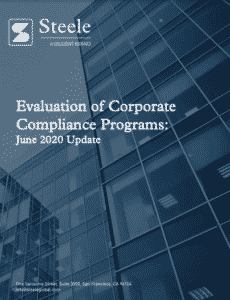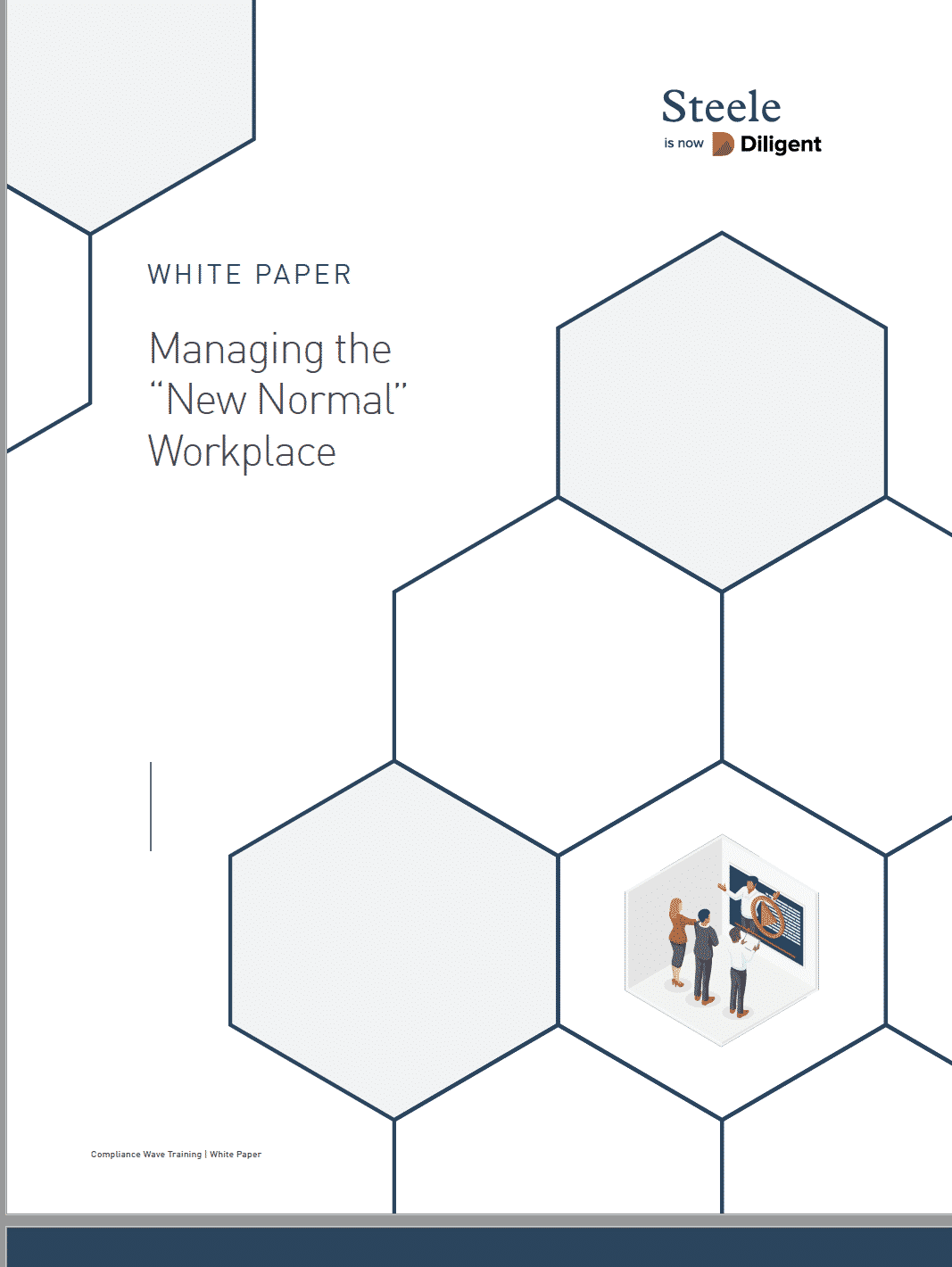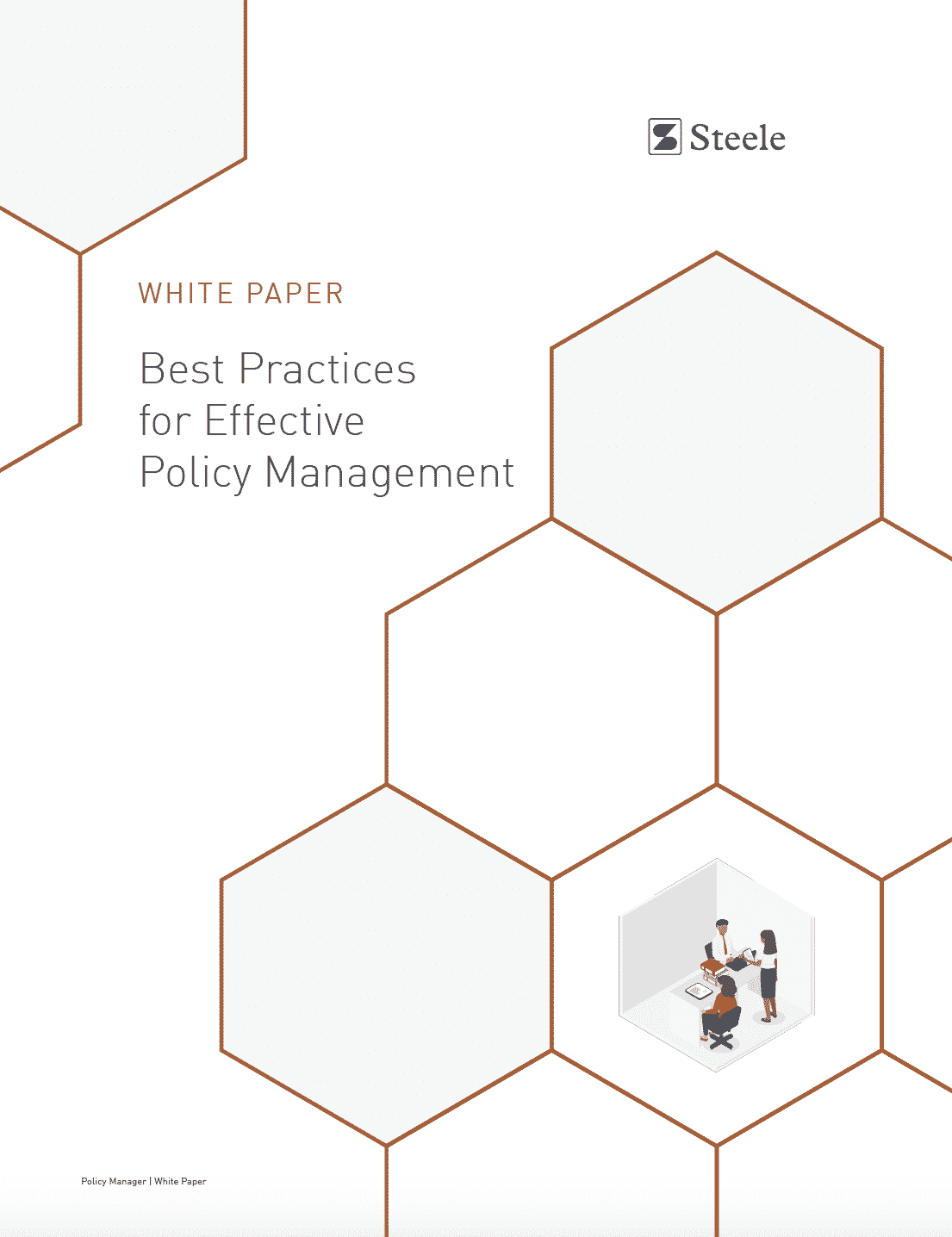Abstract
In April of 2019, the Department of Justice (DOJ) published its Evaluation of Corporate Compliance Programs guidance—a significant expansion of the earlier guidance published in 2017. With more discussion regarding what effective compliance programs should achieve and what prosecutors want to see from companies under regulatory scrutiny, it is a valuable resource for compliance officers and directors who want to ensure that their compliance programs satisfy regulator expectations.
On June 1, 2020, the DOJ updated this guidance document to reflect, as Assistant Attorney General Brian Benczkowski said, “additions based on our own experience and important feedback from the business and compliance communities.”
A review of those changes Steele deems substantive is set forth below. The changes, while not extensive or surprising, do indicate increased understanding by the DOJ of the variation in circumstances in which corporate misconduct occurs and the areas in which prosecutors should focus their inquiries. A few of the changes may cause Chief Compliance Officers to focus on areas heretofore not on their radar and it seems clear from the changes under the first basic question of “Is the Program Well-Designed?” that prosecutors are not seeing the kind of analyses of effectiveness and periodic updates to programs that they would expect (or perhaps compliance professionals are not presenting prosecutors with documentation of such updates). For ease of use, the commentary below follows the basic headings of the June 2020 update.
Introduction
The DOJ expands on its “individualized determination” of the effectiveness of a compliance program by indicating that they make a “reasonable” individualized determination “that considers various factors including, but not limited to, the company’s size, industry, geographic footprint, regulatory landscape, and other factors, both internal and external to the company’s operations, that might impact its compliance program.” The common basic questions that DOJ will still ask in every individualized determination are unchanged except for the reference to resourcing and empowerment to function effectively in question 2, which is new:
- Is the corporation’s compliance program well designed?
- Is the program being applied earnestly and in good faith? In other words, is the program adequately resourced and empowered to function effectively?
- Does the corporation’s compliance program work in practice?
Download our white paper below.

 Back to Insights
Back to Insights



